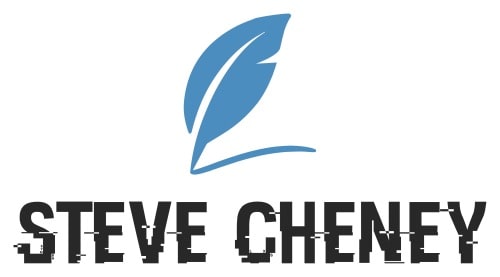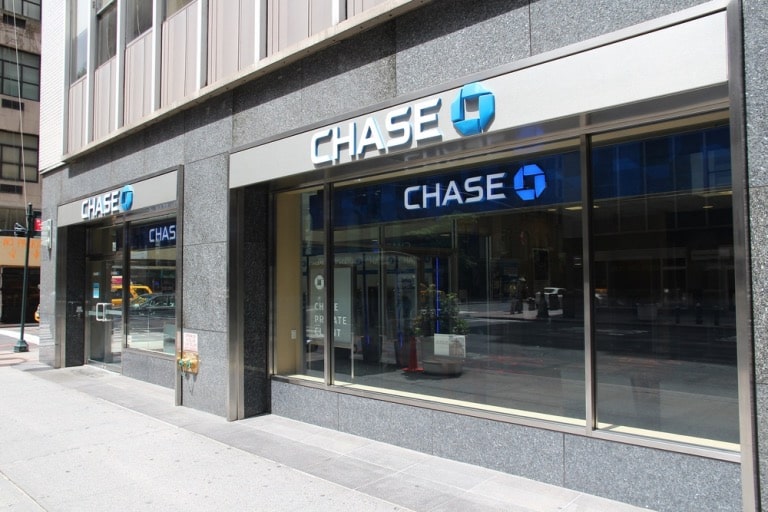When choosing a US bank to open an account, you probably paid attention to Chase. This is one of the largest and oldest banks in the United States. It offers customers a ton of options, including standard offers, investments, an excellent line of credit cards, and much more.
Chase wire transfer fees are optimal, and the requirements for opening an account are minimal. In this article, you will learn about the features of Chase’s main checking accounts, and their pros and cons.
Who Is Chase Bank for?
You should definitely choose Chase if you want to keep all of your financial activities at one bank and also want access to branches and ATMs. Chase also has many great offers for customers who want to use credit funds. Let’s take a quick look at the pros and cons of Chase Bank.
Pros of Chase Bank:
- Chase has more than 15 thousand ATMs across the country, and customers also have the opportunity to visit physical branches, of which the bank has over 4,700
- New customers can count on nice bonuses and coupons
- Minimum requirements for opening an account
- FDIC insured up to $250,000
- Clients have access to all necessary services, including checking, savings, credit cards, loans, and investing
- Basic account holders have the option to waive service fees
- Convenient mobile banking, accessible from anywhere in the world
- Online bill pay, mobile deposits, and text banking do not provide payment
- 24/7 support with the possibility of resolving the issue with real bank representatives and not bots
- The mobile application is highly rated by users
Cons of the Chase Bank:
- Chase Bank branches are not present in all US states
- Retirement accounts are not available to clients
- The bank charges quite a lot of commissions
- The bank charges high fees for using ATMs that are not part of the Chase network
- Low interest rates on savings products
- Customers must meet certain requirements to avoid monthly service fees
What Checking Accounts Does Chase Bank Have?
The bank offers a fairly diverse selection of checking accounts. Financial services can be used by both students and businessmen with large fortunes.
Chase Total Checking
This is one of the bank’s most popular accounts, and it does not require a minimum to open. This is a simple offer, so customers should not expect special privileged offers. However, these account holders can waive the service fee without any hassle. It’s $12, but by making at least $500 in direct deposits each month, you can avoid it.
This account provides the following benefits:
- You can use thousands of ATMs throughout the country
- Free bill pay service
- Support for the Zelle payment solution, which allows you to conveniently send and receive funds
- The user receives a Visa debit card with a chip
- The user can set up alerts for transactions in several channels, including SMS, email, and PUSH notifications
- Mobile check deposits by simply snapping a picture
Chase Secure BankingSM
This is one of Chase’s basic accounts and features no overdraft fees. Chase Secure BankingSM allows users to spend only what they have. This can be a great solution for those clients who have problems opening a traditional account due to some financial problems in the past.
Chase Secure BankingSM allows its holders to conduct financial transactions more responsibly by eliminating the possibility of overdrawing their account balances. When opening an account, the client receives a $100 bonus, as well as the ability to use the Zelle solution to conveniently send and receive funds.
Chase Premier Plus Checking
This is a mid-level interest-bearing account, which is offered to customers with a debit card and has many benefits. However, be prepared to pay a monthly fee of $25.
Among the features of this account:
- Holders can earn interest
- With Chase Premier Plus Checking, customers avoid counter checks, cashier’s checks, and money orders.
- Clients are freed from monthly fees for linked accounts.
- Each month, Chase Premier Plus Checking members have the opportunity to make 4 transactions using an ATM outside the bank’s network at no additional cost.
Chase College Checking
This account is for college students. It does not involve charging a monthly service fee for the period the student is undergoing training. However, this is a 5-year limit for students aged 17-24 years.
To open such an account, one must provide the bank with a document confirming his student status. The account includes a debit card for the student, and the student can control their daily expenses, including making purchases, exchanging funds with others, paying bills, and getting paychecks.
In addition, Chase offers accounts for students and children 6 years and older: Chase High School BankingSM and Chase First BankingSM.
Chase SapphireSM Banking
This is a premium account with a lot of useful benefits. Chase SapphireSM Banking is suitable for customers who can maintain a balance of $75,000. This will allow them to avoid monthly maintenance fees.
Among the features of this account:
- Customers can use ATMs worldwide without additional charges
- Cross-border payments without additional charges
- No wire transfer or stop payment fees from Chase
- No fees on the first four overdrafts during the current and prior 12 statement periods.
- Chase SapphireSM Banking members enjoy higher limits on Chase QuickDepositSM and Zelle products
We’ve covered the main types of checking accounts at Chase. The bank also offers other solutions, which are mainly aimed at wealthy clients. Suppose you are focused on working with cryptocurrency (Bitcoin, Ethereum, etc.) or crypto exchanges (Binance, Coinbase, etc.), sending funds from New York to Rome or Tokyo.
In that case, we recommend paying attention to payment systems created to simplify working with electronic money and cross-border payments.
Conclusion
Using a Visa or Mastercard from Chase, you can do common transactions like grocery shopping, paying for Aetna insurance, and sending pocket money to your child. However, the modern world offers a lot of other payment solutions, the functionality of which is comparable to traditional banks, but they offer lower fees and faster fund transfers.
Use Rates to find out about the popularity of such solutions in the US and Europe, as well as find out the current exchange rates for USD, EUR, and other currencies in Ukrainian financial institutions.








